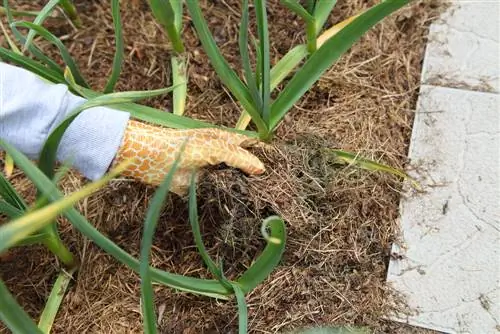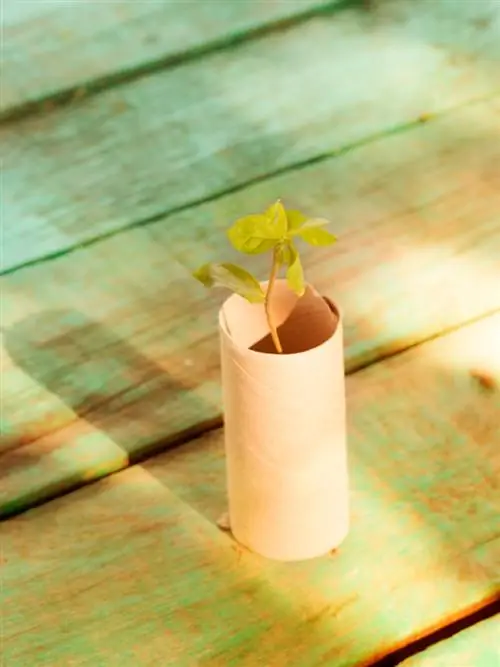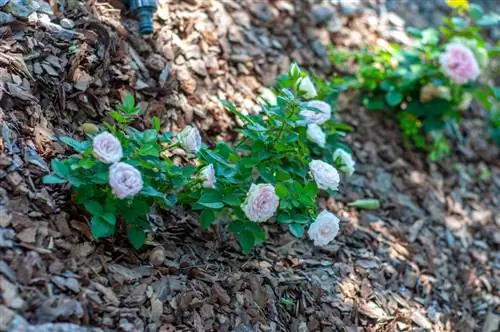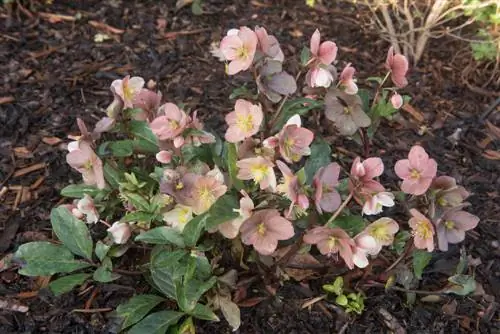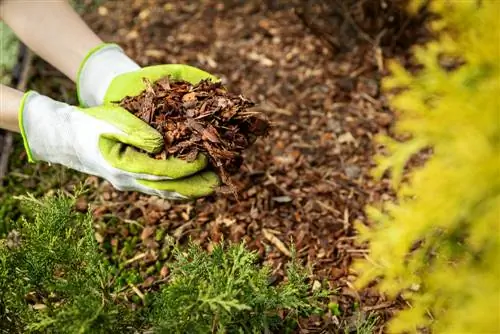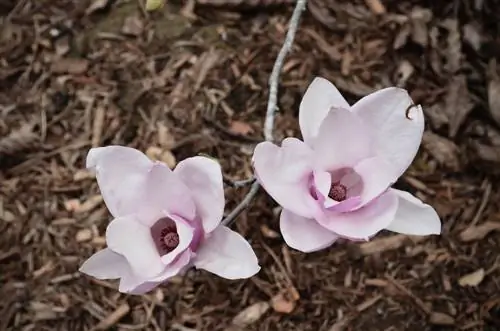- Author admin [email protected].
- Public 2023-12-16 16:46.
- Last modified 2025-01-23 11:22.
There are many ways to mulch open areas. For useful areas such as garden paths, it is recommended to use substrates that do not rot too quickly and are soft. On the other hand, a wide variety of waste products from the garden are suitable for covering the soil in beds.
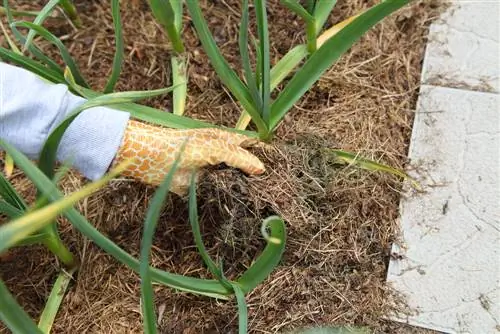
What bark mulch alternatives are there?
Good alternatives for bark mulch include pine bark, leaves, compost, lawn clippings and miscanthus. These materials not only offer a similar function to bark mulch, but are also ecological and cost-saving for the garden.
These are good alternatives:
- Pine bark: is considered the first choice when looking for a replacement
- Leaves: recommended for special purposes
- Compost: is a widespread variant
- Lawn cutting: occurs in every garden
- Miscanthus: neutral and ecological solution
Pine bark
This material is very similar to bark mulch and can be used in the same way. It comes from pine trees in the Mediterranean region and is characterized by a reddish color. Pine bark exudes a pleasant scent in the garden that does not smell overwhelmingly like conifers. The decomposition processes are slower compared to shredded bark from domestic trees. The bark of pine trees contains lower amounts of pollutants than pine and spruce bark. However, this alternative substrate is more expensive.
Compost
Mulching with compost substrate is the classic variant that offers the plants a wide range of nutrients. In order for it to be suitable as mulching material, a coarse structure is necessary. Well-decomposed and fine compost soil does not provide sufficient protection against soil erosion, water loss or weed growth. Only use the material on beds with heavy-feeding plants. Poor eaters cannot tolerate the excess supply of nutrients.
Leaves
Leaves from he althy trees provide a free replacement for bark mulch and are recommended as mulching material for plants that grow in forests or on the edge of forests. Within the next gardening season, the soil organisms break down the plant tissue into humus. If the trees are affected by apple scab, mallow rust, powdery mildew, leaf blight or similar fungal diseases, the foliage is not suitable as ground cover. If you mulch with leaves, you should let them dry thoroughly.
Lawn cutting
When mowing the lawn, clippings are produced, which act as a mulch substrate and ensure a comparatively rapid release of nutrients. The rate of decomposition depends on the thickness of the mulch layer. The thicker you apply the material, the more you have to pay attention to the water content in the cuttings. A thick layer of fresh plant material sticks together over time and reduces air circulation. It is therefore advisable to dry it beforehand, although this means that the blades of grass are more easily blown away by the wind. If the mulch layer is a maximum of two centimeters thick, you can also distribute fresh mowing material on the beds.
Miscanthus
The miscanthus proves to be an ecological variant for mulching that is reminiscent of small animal litter (€22.00 on Amazon). The sharp-edged, firm and coarse shreds keep snails away, but can cause small cuts on bare feet. The material is odorless, pH-neutral and is used like bark mulch. The layer should be at least five centimeters thick to prevent weeds from growing.
Tip
After applying, moisten the reed shreds with a little water. This will prevent the material from being carried away directly by the wind.

